Historic Building Recording
What is a Historic Building Recording?
A historic building recording, also referred to as an archaeological building recording, is a detailed record made of a building by an archaeologist. It can comprise a written description, photographs, plans and elevations as well as the history of the building and its occupants.
There are four levels of historic building record determined by Historic England and set out in ‘Understanding Historic buildings; a guide to good recording practice available at https://historicengland.org.uk/images-books/publications/understanding-historic-buildings/
Level 1 is the most rapid of these, requiring little more than a photographic record and Level 4 the most involved requiring a lot of documentary research and a detailed on-site record to accompany the report.
Compilation of the record will require a visit or visits to the site in which photographs, records and drawings of the building will be taken for inclusion in a report.

What is the purpose of a Historic Building Recording?
Building recordings are generally carried out either to support an application for alterations to a historic building or as a condition of planning permission. In many cases they are required when applications for listed buildings are submitted although they can also be required when works are proposed which would alter a historic building that isn’t listed.
These projects are carried out according to a Written Scheme Of Investigation approved by the LPA. The purpose of the survey is to record the current form of the building before the works are commenced, to produce a ‘snapshot’ for future record and to understand the evolution of the building to its current form.
Historic building surveys can also inform Historic Impact Assessments in which the effects of the proposed changes to the significance of the building are assessed.

Talk to us about your project
Call Elizabeth or Tom on 01568 780 918 or send us a message via our contact form below. We look forward to talking with you.
Frequently Asked Questions
Why do I have to pay for archaeology and how much does it cost?
Archaeological works have been a part of planning law since 1990. The purpose of archaeological works is to ensure that these irreplaceable remains are not lost to development. Over the last 33 years, thousands of archaeological sites have been recorded ahead of...
What happens if you find human remains?
It is unusual to encounter unexpected human remains in the course of archaeological work, but if this happened best practice guidance would be followed. The remains would initially be left in situ, covered and protected and the local Coroner would have to be informed....
What happens if you find treasure?
It’s very rare to find artefacts of any monetary value on archaeological sites but in the event that any artefacts are encountered that would constitute ‘treasure’ (as defined by The Treasure Act, 1996) Ambrey Archaeology would be obliged to report the find to the...
What happens if you find a Roman villa?
Prior to carrying out archaeological evaluations and watching briefs, the likelihood of encountering a villa or something equivalent is considered, sometimes with the use of a desk based assessment or geophysical survey, with the purpose of avoiding this outcome....
